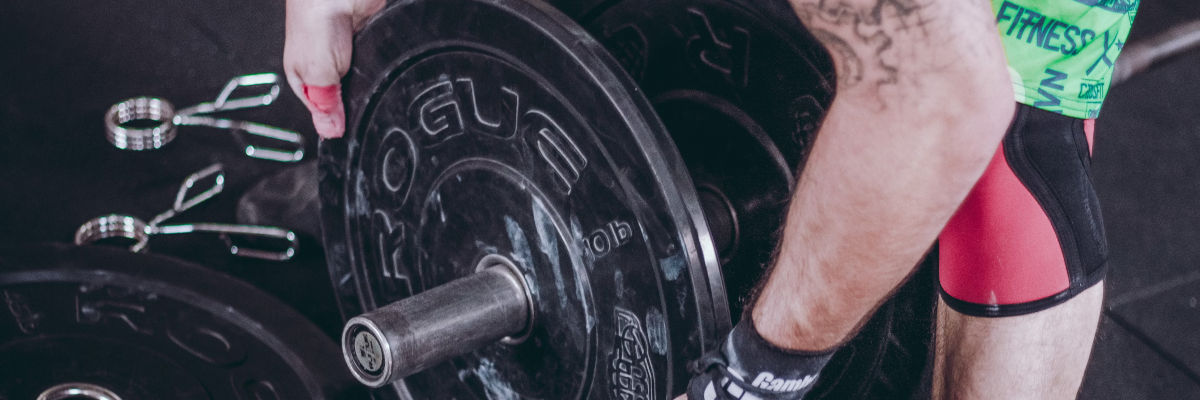Whether you're new to the fitness realm or a seasoned bodybuilder, progressive overload is a term you've probably encountered. This practice is a vital cornerstone of strength training, including bodybuilding, and for a good reason. Progressive overload ensures you’re continually pushing your body to adapt, grow, and get stronger. But what exactly is progressive overload, how does it connect to bodybuilding, and how can you implement it for explosive muscle gain? In this article, we’ll unravel the mystery surrounding progressive overload in bodybuilding, discuss it's benefits, and give you some powerful tips on how to use progressive overload for muscle gain.
A Deep Dive into Progressive Overload in Bodybuilding
Imagine a scenario where you're lifting the same weight, performing the same exercises every time you hit the gym. Will you see some growth? Definitely - at least initially. After some time though, your body will get conditioned to the strain and cease to develop further. This is where progressive overload comes into play. It is a method focused on continually increasing the demands on your musculoskeletal system to catalyze muscle growth, strength, and endurance. So, to experience continual growth in bodybuilding, we need to ensure we're constantly challenging our muscles - and that calls for a consistent upward trajectory in our training program.
Unpacking the Benefits of Progressive Overload
From novices to advanced lifters, everyone has something to gain from implementing progressive overload. When done correctly, it yields impressive benefits. Primarily, it induces hypertrophy, also known as muscle growth. This occurs because progressive overload forces your muscles to work harder than they're used to, resulting in an increase in the size of muscle cells. It also boosts strength and muscular endurance, ensuring those heavy lifts get easier over time.
Apart from physical growth, progressive overload also provides a psychological edge. It offers measurable goals and a clear track of progress, thus motivating continued effort and warding off the dreaded workout rut or plateau effect. This shows that the benefits of progressive overload are not just physical but also psychological, contributing to an all-around improved workout experience.
Guidelines on How to Use Progressive Overload for Muscle Gain
So, how exactly can you construct a successful progressive overload regime to ensure maximum muscle gain? While the concept is rather straightforward—increase the difficulty of your workouts over time—the practical methodology could take several forms. We'll unveil some of the best strategies for crafting a progressive overload regime that keeps you growing without sidelining your safety or enthusiasm. Stay tuned!
In the world of weightlifting or bodybuilding, one might come across various strategies for muscle gain. But few are as effective and scientific as the principle of Progressive Overload. To benefit the most from your workouts, it's important to grip the idea of progressive overload properly and to know how to put it into action. Here's your roadmap.
The Concept of Progressive Overload
Progressive overload involves gradually increasing the stress placed upon your body during exercise. The concept originates from the observation that our muscles adapt to the demands placed on them. If the demands are increased over time, the muscles react by growing stronger and larger.
To stimulate continuous growth, you need to keep pushing your muscles beyond their comfort zone. As they adapt to the amount of work they're used to doing, they need more to maintain the same rate of muscle gain. This is where progressive overload enters, making the workouts harder as you get stronger.
Implementing Progressive Overload
There are several techniques to implement progressive overload. One is by increasing the weight you lift. As your strength increases, make sure to up the weight intermittently.
Another method is by boosting your workout volume, which is the total amount of work you do. You can do this by performing more sets or reps in your workout, or by adding more exercises targeting the same muscle group.
Improving your lifting form or technique can also help you implement progressive overload. This way, your muscles will have to work harder to lift the same amount of weight. This can also be incredibly beneficial in avoiding injury.
Progressive vs. Constant Load
One mistake that many weightlifters and bodybuilders make is sticking to the same weights, reps, and sets week after week. This is known as Constant Load, and while it may lead to some muscle gain at first, you'll eventually hit a plateau.
That's because your muscles adapt to that specific stress and demand. And once they've adapted, they need a bigger challenge to keep growing. The principle of Progressive Overload ensures you always provide that new challenge with each workout.
Tracking Your Progress
Fundamental to the successful application of progressive overload is keeping track of your progress. It can be easy to fall into a routine and forget that progressive overload requires consistent, purposeful changes to your workouts.
Keeping a training diary, tracking sets, reps, and weights, will help you gauge when to increase the load. This will remind you when to push harder, so you can continue to climb, continuously progressing towards explosive muscle gain. Remember, it's not just about working harder, but working smarter!
In conclusion, for driven muscle gain, adaptive changes to training through the principle of progressive overload is mandatory. It's time to challenge yourself, mix up your workouts, and watch those muscles grow!




